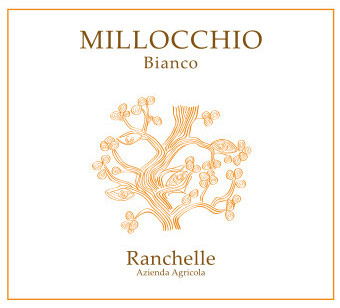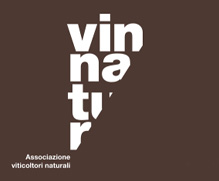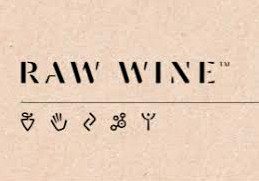|
|
|
 |
| Vintage |
quantity bottles |
total SO2 mg/l |
free SO2 mg/l |
total acidity g/l |
volatile acidity g/l |
vol. alc. % |
glucose/ fructose g/l |
malic acid g/l |
pH |
| 2014 |
900 |
12 |
6 |
5,22 |
0,97 |
12,4 |
0,03 |
0 |
3,57 |
| 2015 |
1.200 |
16 |
6 |
5,5 |
1,37 |
13,1 |
0,03 |
0 |
3,62 |
| 2016 |
1.800 |
13 |
8 |
5,7 |
1,10 |
11,8 |
0,03 |
0 |
3,60 |
| 2017 |
3.700 |
12 |
6 |
5.8 |
0,20 |
12,6 |
0,22 |
0 |
3,62 |
| 2018 |
1.700 |
19 |
9 |
5,2 |
0,85 |
12,3 |
0,07 |
0 |
3,81 |
| 2019 | 2.900 | 19 | 11 | 5,9 | 1,27 | 11,7 | 0,02 | 0 | 3,79 |
| 2020 | 2.600 | 15 | 13 | 6,0 | 1,08 | 11,7 | 2,20 | 0 | 3,27 |
| 2021 | 1.200 | 11 | 9 | 5,8 | 1,00 | 12,5 | 1,30 | 0 | 3,65 |
| 2022 | 2.600 | 8 | 4 | 5,6 | 0,90 | 13,0 | 0,78 | 0 | 3,87 |


